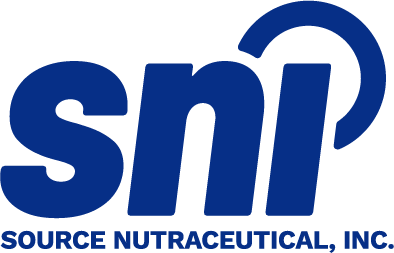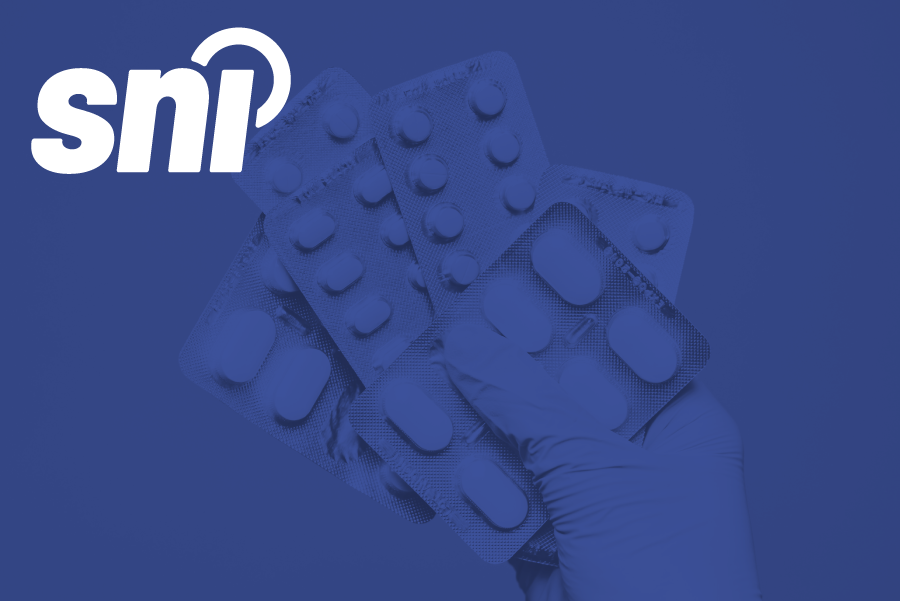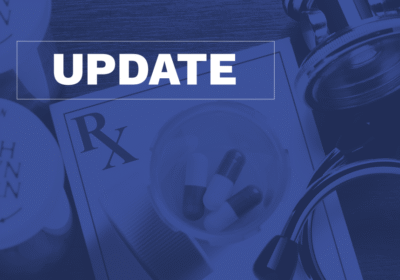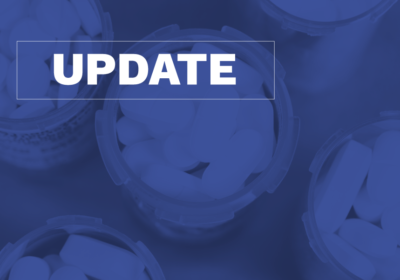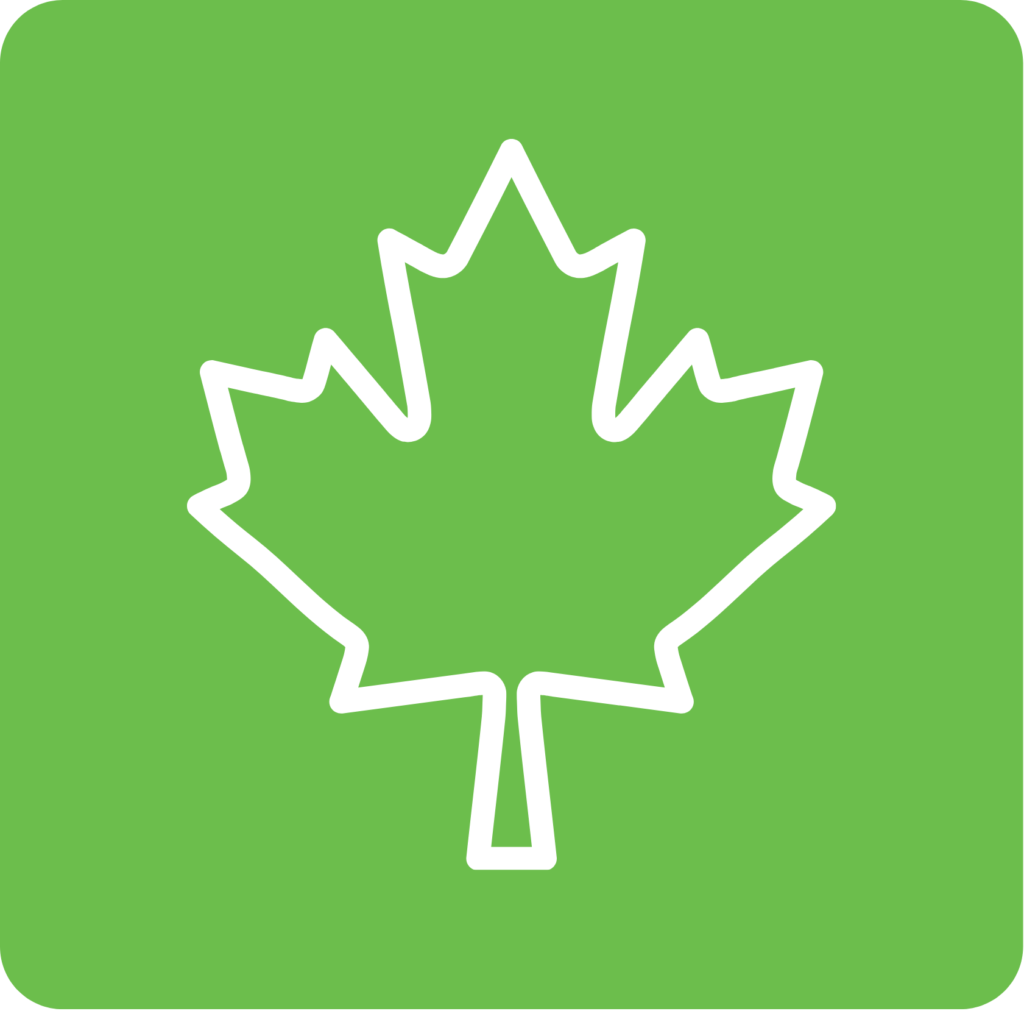
Entering the Canadian pharmaceutical market requires more than just a good product—it requires regulatory approval. If you’re planning to sell prescription drugs, over-the-counter medications, medicated shampoos, or sunscreens in Canada, you’ll need a Drug Identification Number (DIN) issued by Health Canada.

The DIN is not just a tracking number; it’s proof that a drug product has met Canada’s strict standards for safety, efficacy, and quality. Without it, your product cannot be legally sold, imported, advertised, or distributed in Canada. Non-compliance can result in serious penalties, including Health Canada enforcement actions, product recalls, and financial sanctions under the Food and Drugs Act.
Here’s everything you need to know about how to obtain a DIN in Canada and ensure your drug products meet Canadian regulatory requirements.
What Is a Drug Identification Number (DIN)?
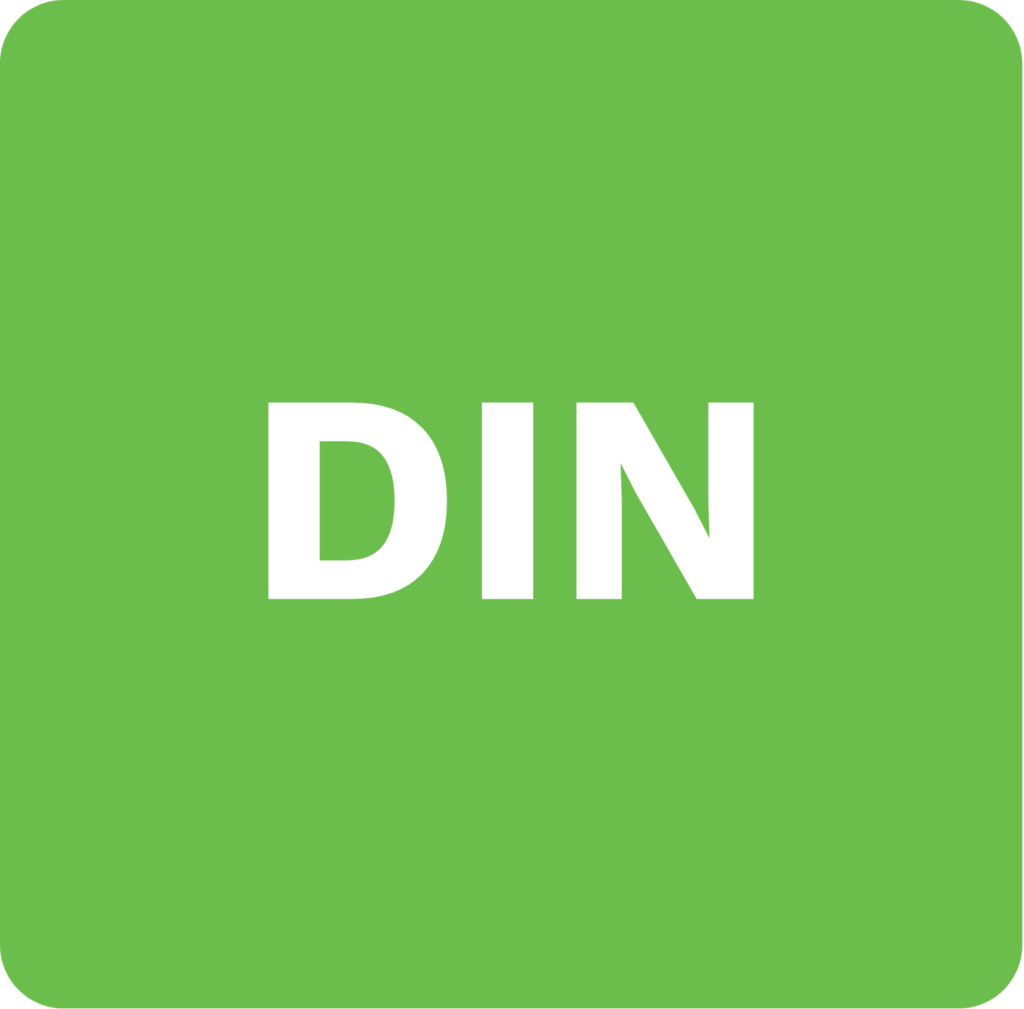
A Drug Identification Number (DIN) is a unique eight-digit number assigned by Health Canada to a specific drug product after it has been reviewed and approved for sale in Canada. It identifies the drug’s active ingredients, strength, dosage form, manufacturer, and route of administration. According to Health Canada, a DIN signifies that a product has been authorized for marketing based on its quality, safety, and therapeutic effectiveness (source).
The DIN must appear on the outer label of the product packaging and enables inclusion in Canada’s Drug Product Database for traceability, post-market monitoring, and product recalls.
Steps to Get a DIN in Canada
Step 1: Work with a Canadian Importer Holding a Drug Establishment Licence (DEL) – Foreign manufacturers are required to partner with a Canadian importer that holds a valid Drug Establishment Licence (DEL). The manufacturing facility must also be listed on the importer’s DEL and follow Good Manufacturing Practices (GMP) as defined in Division 2 of the Food and Drug Regulations. This partnership is a legal prerequisite for drug importation into Canada (source).
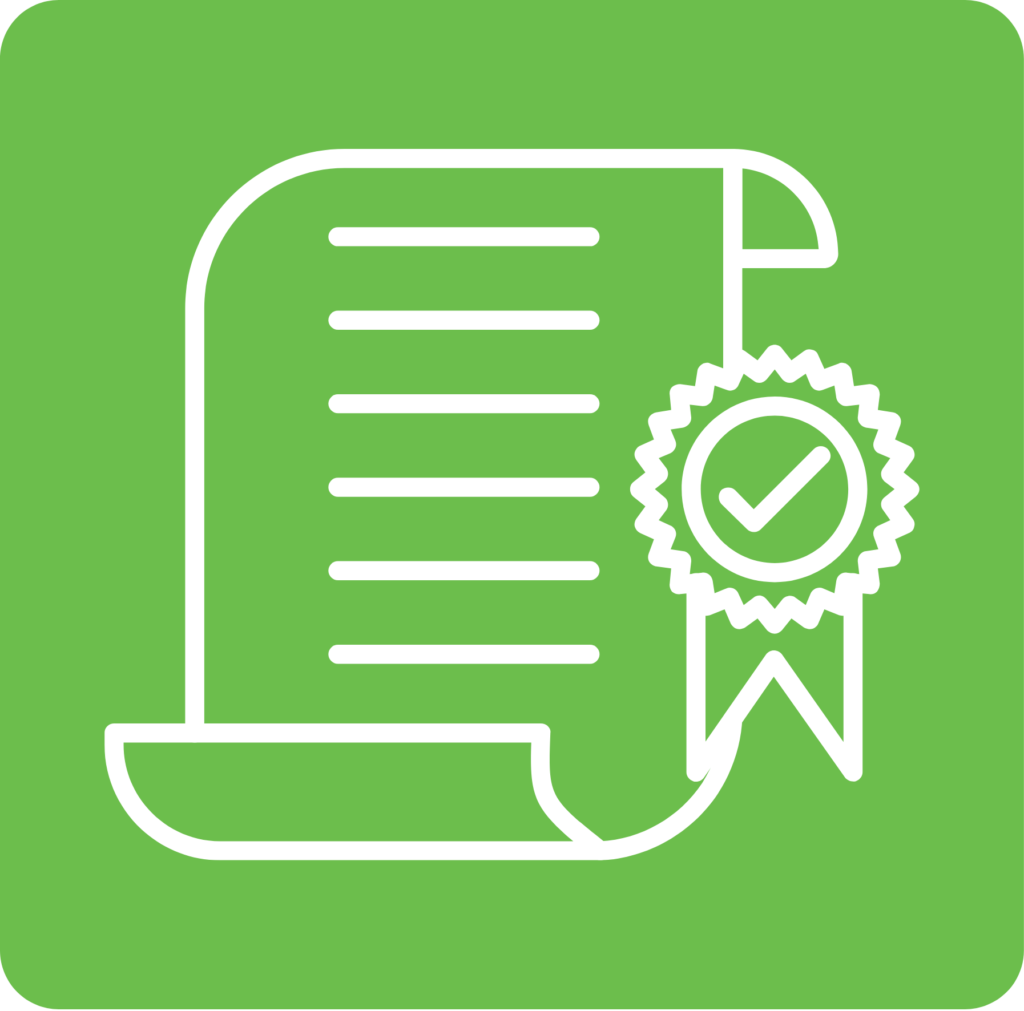
Step 2: Register for Small Business Status to Reduce Fees – If your company has fewer than 100 employees or generates under CAD $5 million in annual revenue, you may qualify for reduced Health Canada fees through small business registration. Registration must be completed before submitting the DIN application to be eligible for fee reductions (source).
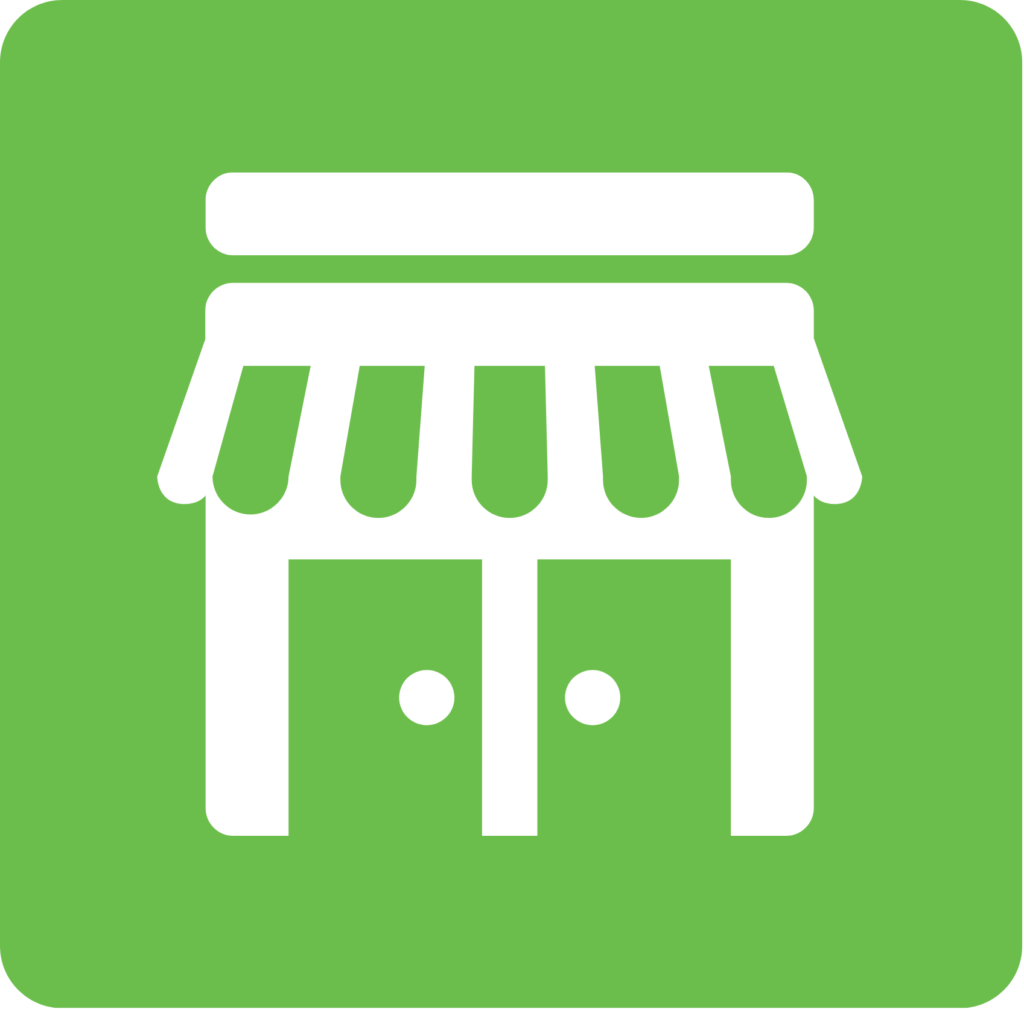
Step 3: Submit a Complete DIN Application Package – DIN applications are submitted through Health Canada’s Regulatory Enrolment Process (REP). A complete submission includes:
- Attestation and certificate documents,
- Detailed product data (formulation, packaging, manufacturer/importer contacts),
- Bilingual drug labels that comply with Canadian labelling regulations.
Health Canada stresses that incomplete or improperly formatted applications may be returned or delayed.
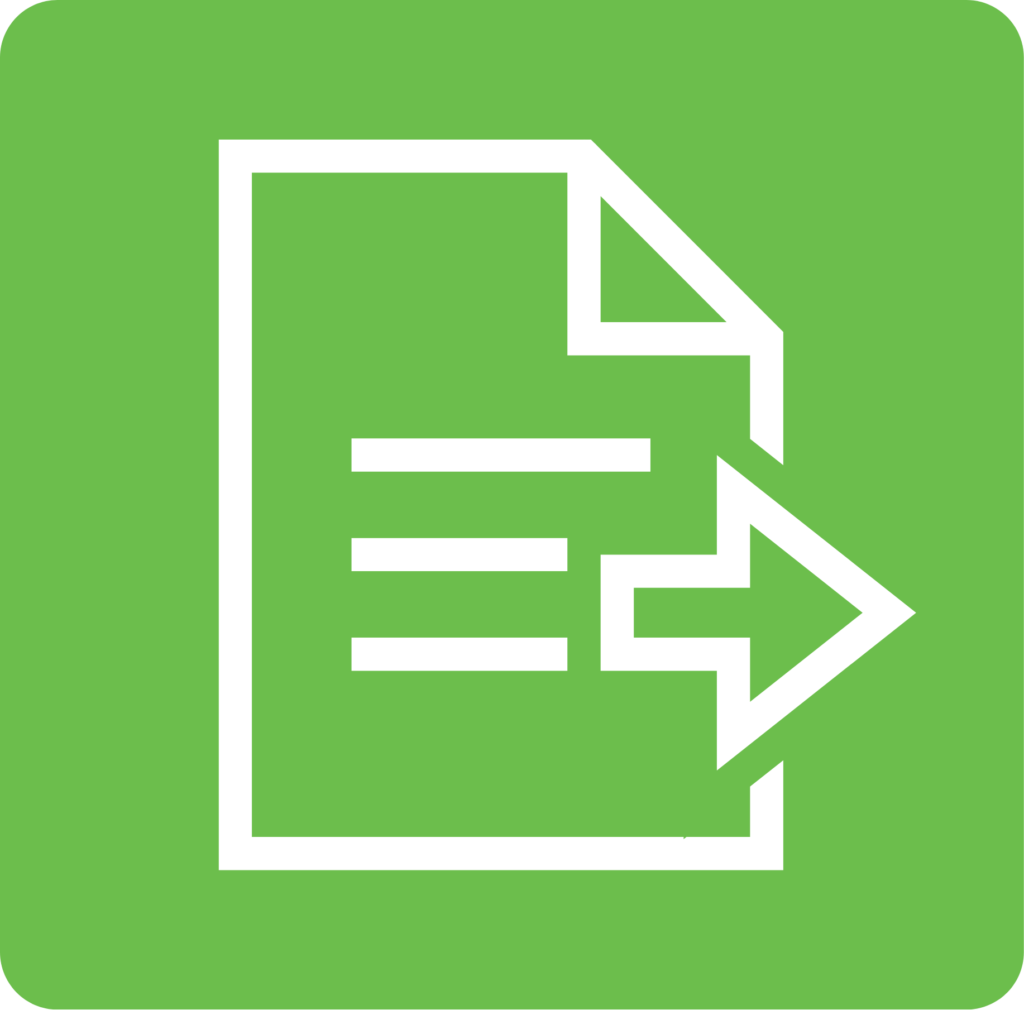
Step 4: Health Canada DIN Review Process – After submission, Health Canada conducts a review of the application to evaluate product safety, effectiveness, and quality. The review timeline depends on complexity. Simple DIN applications may be processed in approximately 60 calendar days, while more complex submissions can take up to 300 days (source).
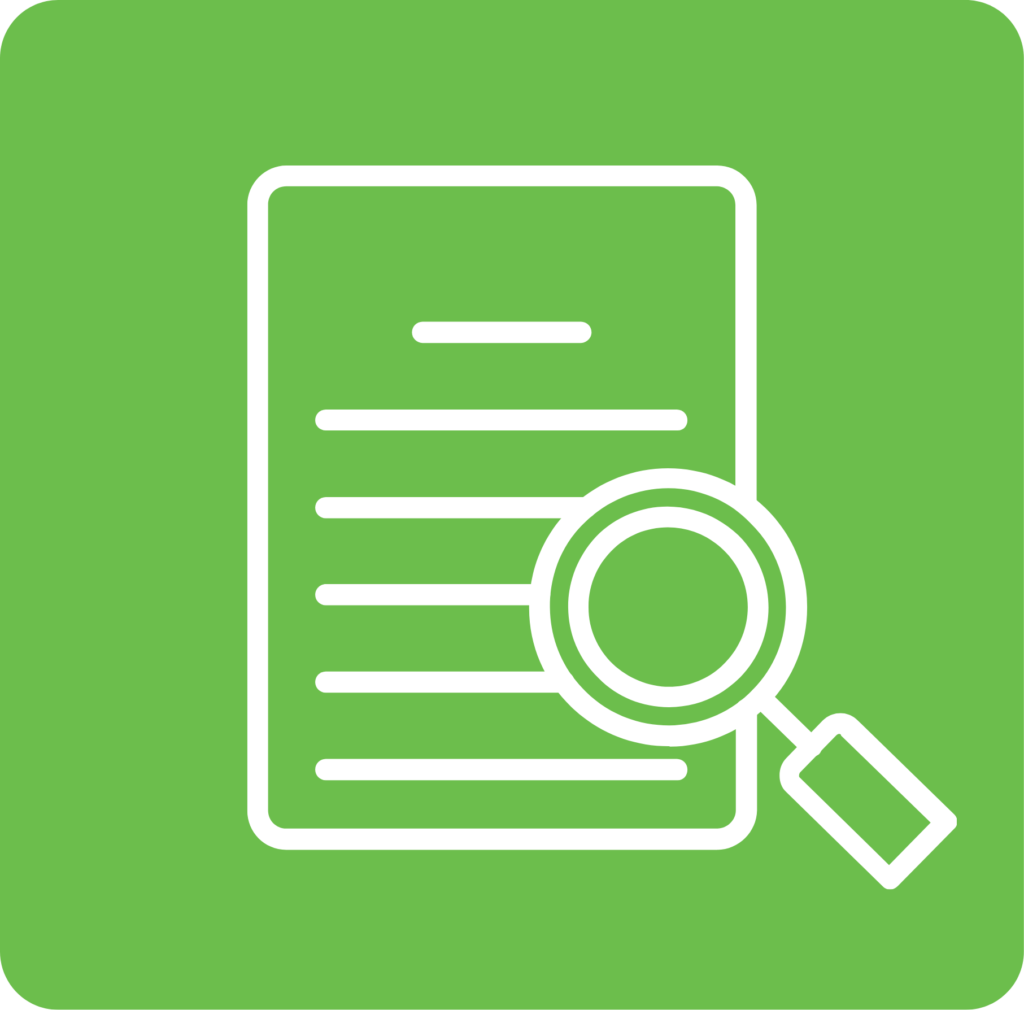
Step 5: DIN Approval and Product Authorization – If approved, Health Canada will issue a Drug Identification Number, which confirms the drug is authorized for legal sale in Canada. The DIN must appear on the product’s packaging and will be listed in Canada’s Drug Product Database.

Common Mistakes to Avoid in the DIN Application Process

Lack of a Licensed Canadian Importer: Many applications are rejected or delayed because the manufacturer did not first secure a partnership with a DEL-licensed Canadian importer. Without this step, your application cannot proceed.
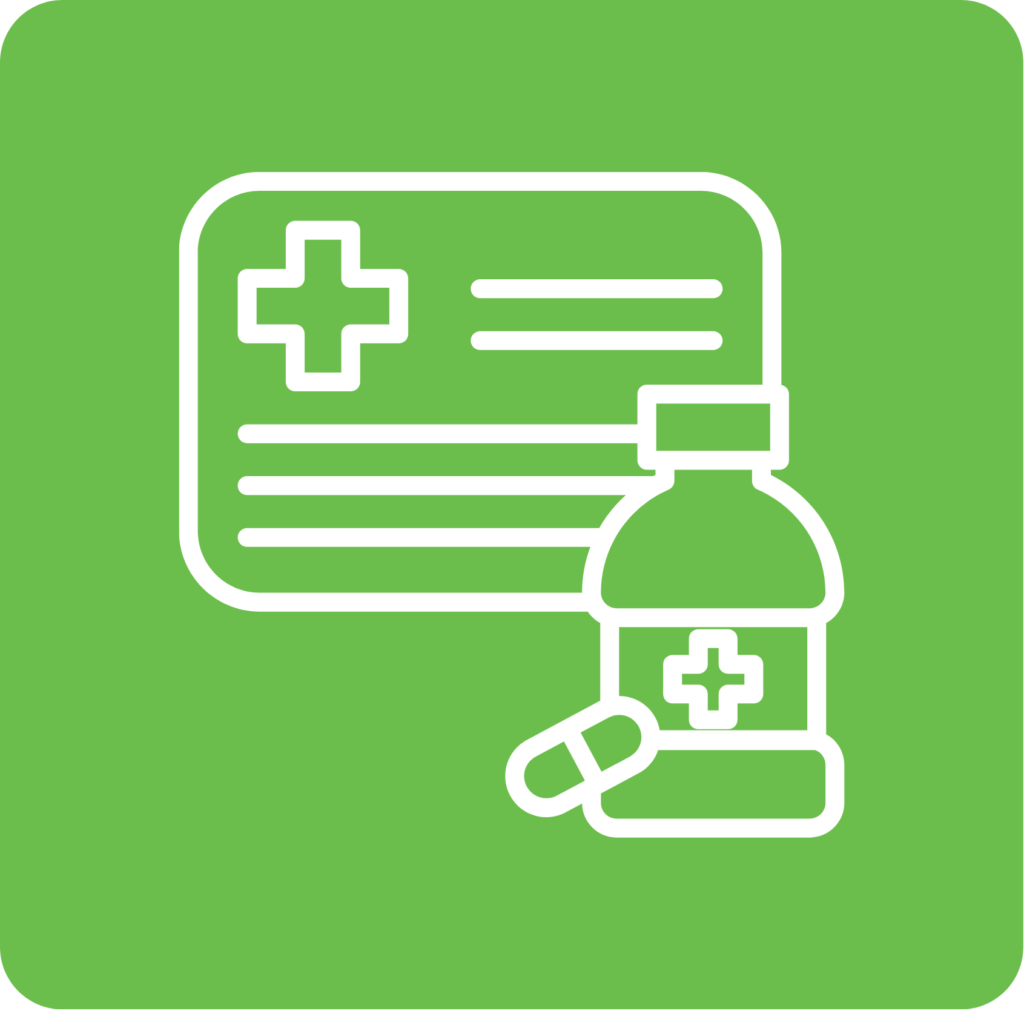
Labelling Non-Compliance: Health Canada has detailed requirements for drug labelling, including bilingual content, font sizes, warnings, and layout. Non-compliant labels are a frequent source of rejections and costly revisions. It’s recommended to work with regulatory consultants familiar with Canadian labelling standards.
Final Thoughts: DINs Are the Gateway to Legal Drug Sales in Canada
A Drug Identification Number is more than just a regulatory box to check—it’s your product’s passport to the Canadian drug market. Whether you’re a domestic or foreign manufacturer, obtaining a DIN is essential to legally market, advertise, or sell a drug in Canada.
By following Health Canada’s requirements, partnering with a licensed importer, and submitting a complete and compliant application, manufacturers can streamline the DIN approval process and avoid costly delays.
To begin your application or learn more, visit Health Canada’s official DIN guidance page.

Frequently Asked Questions About DINs in Canada
Do all drugs sold in Canada require a DIN?
Yes. Under the Food and Drugs Act, all pharmaceutical products classified as “drugs” must have a DIN to be sold legally in Canada. This includes both prescription and non-prescription drugs.
Is a DIN tied to specific product details?
Yes. A DIN is specific to the formulation, dosage form, strength, and manufacturer. Any changes to these factors will require a new DIN.
Can I sell a drug in Canada while waiting for DIN approval?
No. It is illegal to sell, advertise, or distribute a drug product in Canada without an approved DIN. Doing so can lead to legal enforcement and penalties.
Do natural health products (NHPs) require a DIN?
No. Natural health products require a Natural Product Number (NPN), not a DIN. However, products that fall into both drug and NHP categories may be reviewed differently.
What if my product with a DIN hasn’t been sold for a while?
Manufacturers must notify Health Canada if a product with a DIN has not been sold for 12 consecutive months. Failure to do so may result in the DIN being cancelled.
